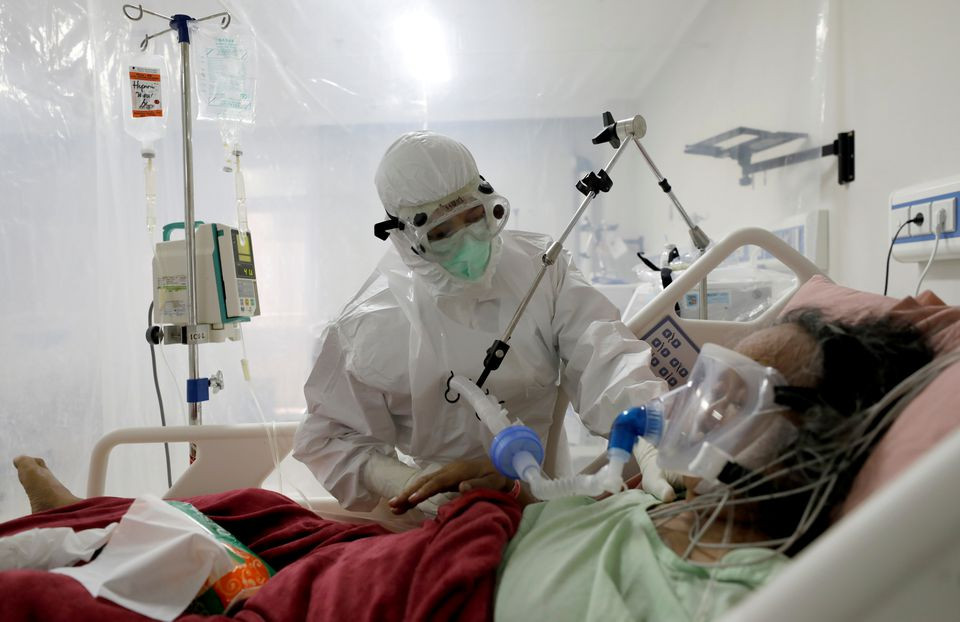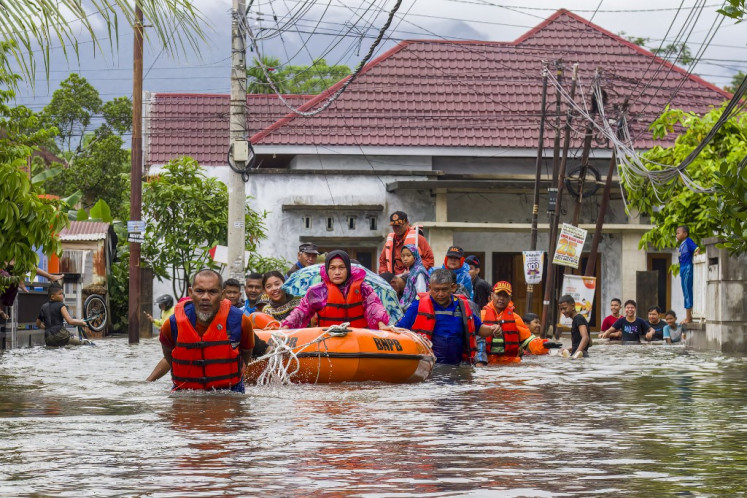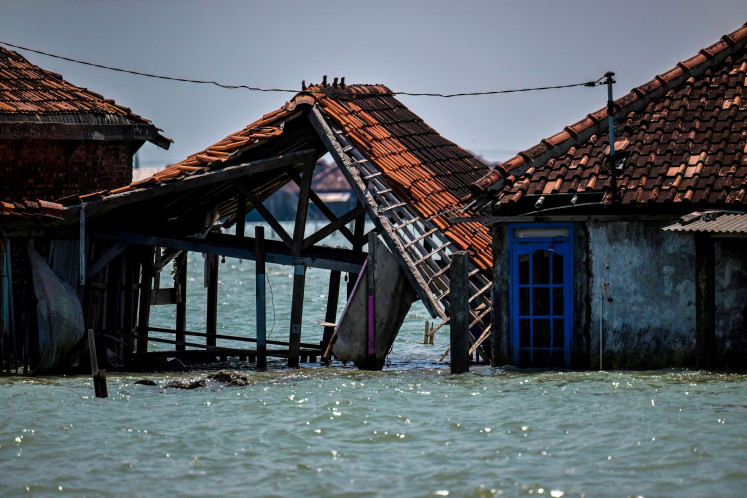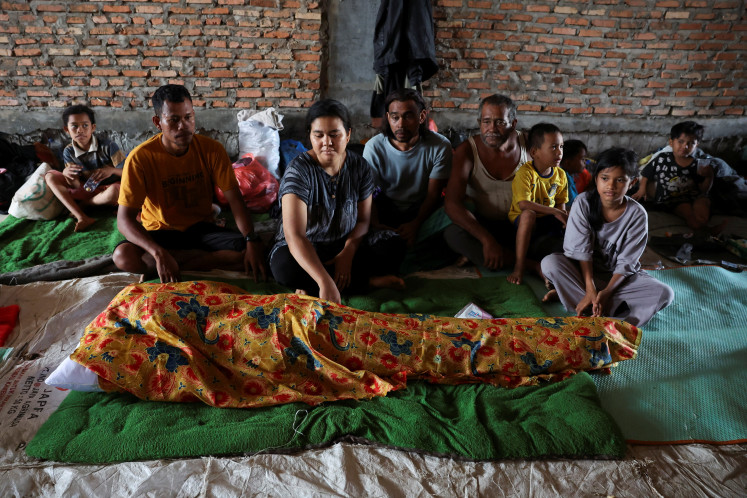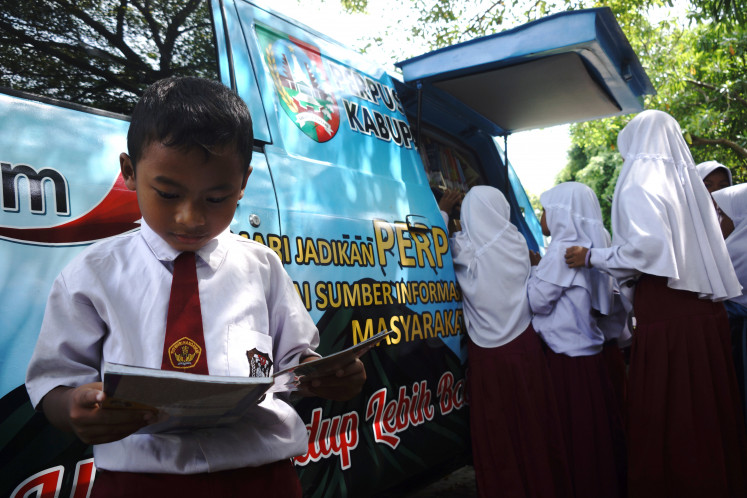Popular Reads
Top Results
Can't find what you're looking for?
View all search resultsPopular Reads
Top Results
Can't find what you're looking for?
View all search resultsPreparing Indonesian nurses for global healthcare
Over the 2015-2020 period, almost 6,500 Indonesian nurses have found employment in hospitals and clinics in more than seven countries across the East Asia and Middle East regions, with demand from other regions continually on the rise.
Change text size
Gift Premium Articles
to Anyone
T
hey were the unsung heroes of the COVID-19 pandemic. More than ever, the role of nurses has grown in importance and significance, not only because nurses make up the largest group of healthcare providers. As caregivers, nurses provided early response and quality care for patients with suspected infection. As patient advocates, nurses helped protect patients by being their voice.
Against the setting of increasing chronic diseases and comorbidity, and aging populations, demands for services from health professionals are increasing around the globe. This has pushed for competition among health services providers, either domestically within a country or cross-border between countries, to hire nursing staff.
Indonesia, traditionally known as a natural resource-rich country, is blessed even more with abundant human resources. The Indonesian Health Ministry’s health workers’ information system (SI-SDMK) shows there are 557,000 nurses across Indonesia as of February 2023. This translates to a nurse/population ratio of just over two nurses to every 1,000 Indonesians.
Furthermore, in a 2020 report, the ministry predicted that Indonesia would continue to have an aggregate surplus of nurses in the coming years, despite also noting that the distribution of nurses across Indonesia is uneven.
There are also many reports today of nurse graduates unable to find employment. If the distribution can be well-managed and Indonesia can maintain its current overall nurse/population ratio, the predicted pool of nurses that Indonesia will have in the coming years could represent a significant new source of exports.
Over the 2015-2020 period, almost 6,500 Indonesian nurses have found employment in hospitals and clinics in more than seven countries across the East Asia and Middle East regions, with demand from other regions continually on the rise, according to the Agency for the Protection of Indonesian Migrant Workers (BP2MI). The figure could be pushed further, especially looking at what Indonesia’s neighbor in the Southeast Asian region has done, where around 300,000 nurse professionals from the Philippines were working outside the country as of December 2021.
Different from natural resources where Indonesia holds an almost absolute advantage globally, the competitiveness in promoting its human resources in the global markets must be built up and planned thoroughly. This is where Australia, as its closest developed country neighbor, can be seen as a good training ground to tap into more sophisticated, advanced economy markets.

